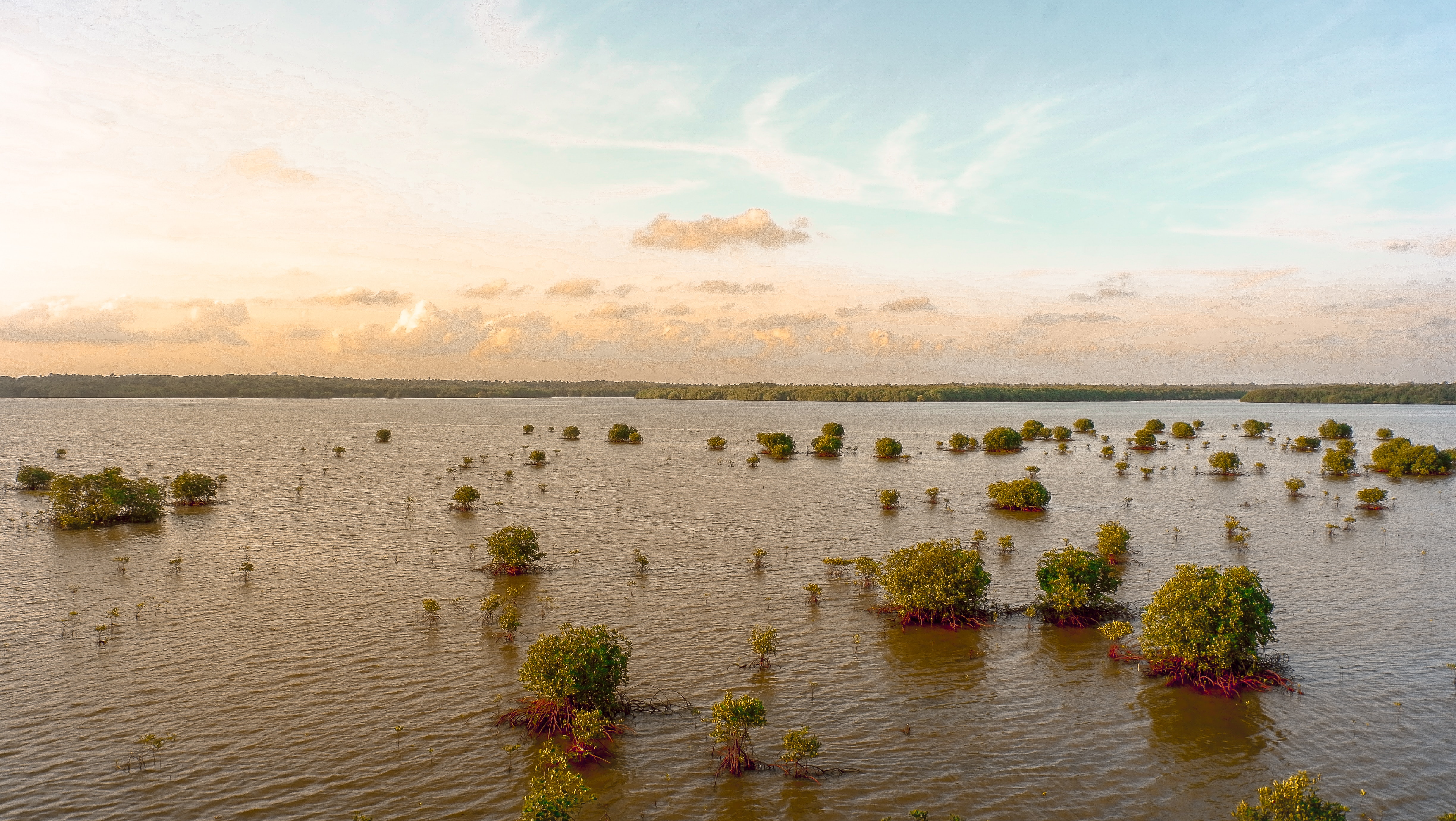On 2 September 2019, a Saudi airlift consisting of two aircraft was sent from the King Salman Humanitarian Aid and Relief Centre (KSrelief) to Sudan. The airlift contained not only shelter and food, but much-needed medical assistance as well for areas in the country that were the most affected by recent floods. The floods, which were brought on by the heavy seasonal rain Sudan has experienced since early July, left 62 people dead and nearly 37,000 homes damaged or destroyed, according to the Humanitarian Aid Commission. These already-harrowing figures are expected to increase once all the water subsides completely, and the full extent of the damage can be assessed.
Sudan not out of danger yet
With UN expecting the crisis to last until October, the Prime Minister, Abdalla Hamdok, visited Wad Ramli and gave orders to increase aid efforts in the region. According to Dr. Al Rabeeah, Supervisor General of KSRelief, the relief support will be provided to the areas that have been affected the most in the states of River Nile, White Nile, and Khartoum. The relief sent on 2 September consisted of 1,000 tents, 6,000 blankets, and 2,000 rugs, as well as more than 5 tons of medical supplies and 1,500 food baskets. Pesticides, along with the necessary spraying equipment, were also included to help prevent the outbreak of disease due to the large pools of stagnant water that have formed all over the country.
Inaccessible roads cause for concern
In mid-August, parts of the Tokar-Port Sudan road were flooded due to heavy rains in Khor Baraka, with many fearing that it will be washed away completely. With more than 600 families stranded in remote villages south of Tokar Delta, authorities faced a huge challenge, which involved accessing the area to assess the condition of the individuals affected by the flood. Civil defense activist, Hamid Idris, explained that civil defense forces and foreign aid workers attempted to reach the stranded families, but were unable to do so due to the high water levels. Authorities were called upon to find alternative ways of reaching the families to deliver food, and eventually action an evacuation. When disaster relief is required in remote areas such as this, helicopters are often the only viable method of transportation. In some areas where the roads are still accessible to a degree, motorcycles have also proven to be an invaluable alternative mode of transportation, with larger models designed for carrying able to take supplies to hard-to-reach areas.
Farmers fear the worst for their crops
The floods affected as many as 17 of Sudan’s 18 states, with the capital of Khartoum being among the worst affected. The farming community was hit particularly hard, with countless stretches of once-fertile farmlands being completely destroyed. Since these lands have now become unworkable, the farmers have called upon the government to supply them with substitute land that will enable them to start rebuilding a life for themselves and their families. Should these farming families not be relocated, they will be forced to wait until such a time that the water levels subside sufficiently. Unfortunately, the longer it takes for the excess water to drain, the more damage can occur, ultimately leaving the lands permanently unusable, and the community in need of long-term relief.
While the people of Sudan try to rebuild their lives amid the disaster, an additional need for disaster relief is becoming increasingly apparent. Without the intervention of various relief organizations, Sudan will find it extremely difficult to recover from the floods that have wreaked so much havoc.



Leave a Reply
You must be logged in to post a comment.